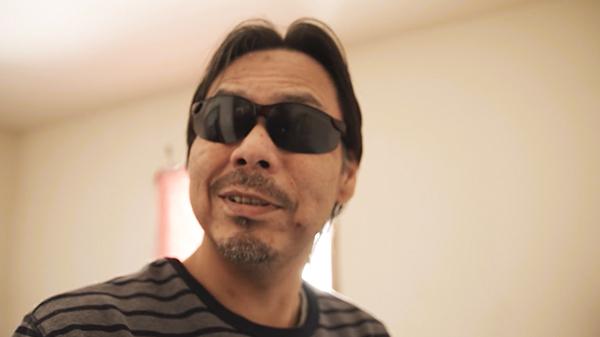Retired Businesswoman Reclaims Her Days on Home Peritoneal Dialysis Therapy with Remote Connectivity
My system also has a web-based connectivity platform, which allows my doctor to adjust my home dialysis therapy remotely, so I know the necessary adjustments to my device programs are being made and I don’t have to worry about making them myself.
Ngan Sau Yak, PD Patient
Ngan Sau Yuk has lived a robust and busy life, raising her family of four children, running a business, gardening and spending quality time with friends. She was very content with her lifestyle. However, things changed dramatically four years ago when Ms. Ngan was diagnosed with end-stage renal disease (ESRD) caused by her diabetes.
Ms. Ngan was upset and scared when she was first diagnosed with ESRD. Facing dialysis or a kidney transplant, she decided to start on continuous ambulatory peritoneal dialysis (CAPD) therapy at home. CAPD allowed her to manually exchange fluids through her peritoneal cavity in the abdomen to clean toxins and extra fluids from her blood through a catheter multiple times a day. Ms. Ngan’s diagnosis began to greatly affect her mood. She retired from her business, and stopped traveling to her favorite destinations in Taiwan, Malaysia, Singapore and the United Kingdom.
Now 65 years-old, Ms. Ngan has a supportive healthcare team who not only recognized her appreciation for performing therapy at home, but also understood the importance of having her days free and the flexibility to travel. The team recommended an automated version of peritoneal dialysis known as APD therapy, which allows her to dialyze at night, while she sleeps.
“My nurse taught me how to perform my home APD therapy, which I think is quite easy,” Ms. Ngan says.
Ms. Ngan performs APD therapy on Baxter’s Homechoice Claria Automated Peritoneal Dialysis System with the unique Sharesource Connectivity Platform, which allows healthcare providers to access patient historical treatment data via a secure website and offers them increased visibility to monitor their home patients’ treatment information. The two-way, web-based connectivity system also gives permitted healthcare providers the ability to remotely adjust program settings in a connected device for each of their patients.
“I was scared when I started automated peritoneal dialysis at home, but now I am used to it and have more time to do the things I love with family and friends,” Ms. Ngan adds.
Nowadays she is focused on the importance of good health as she exercises daily by riding her fitness bike at home or walking in a nearby park. She even has plans to travel with her daughter in the near future. For Ms. Ngan, having treatments at night allows her to feel less disruption in daily activities.
“Although I was unhappy when initially diagnosed with ESRD, I’m a very optimistic person and feel so grateful for all of the people that have supported me along the way,” Ms. Ngan says. My sons and daughters honor me so much. Why would I ever think about giving up?”


